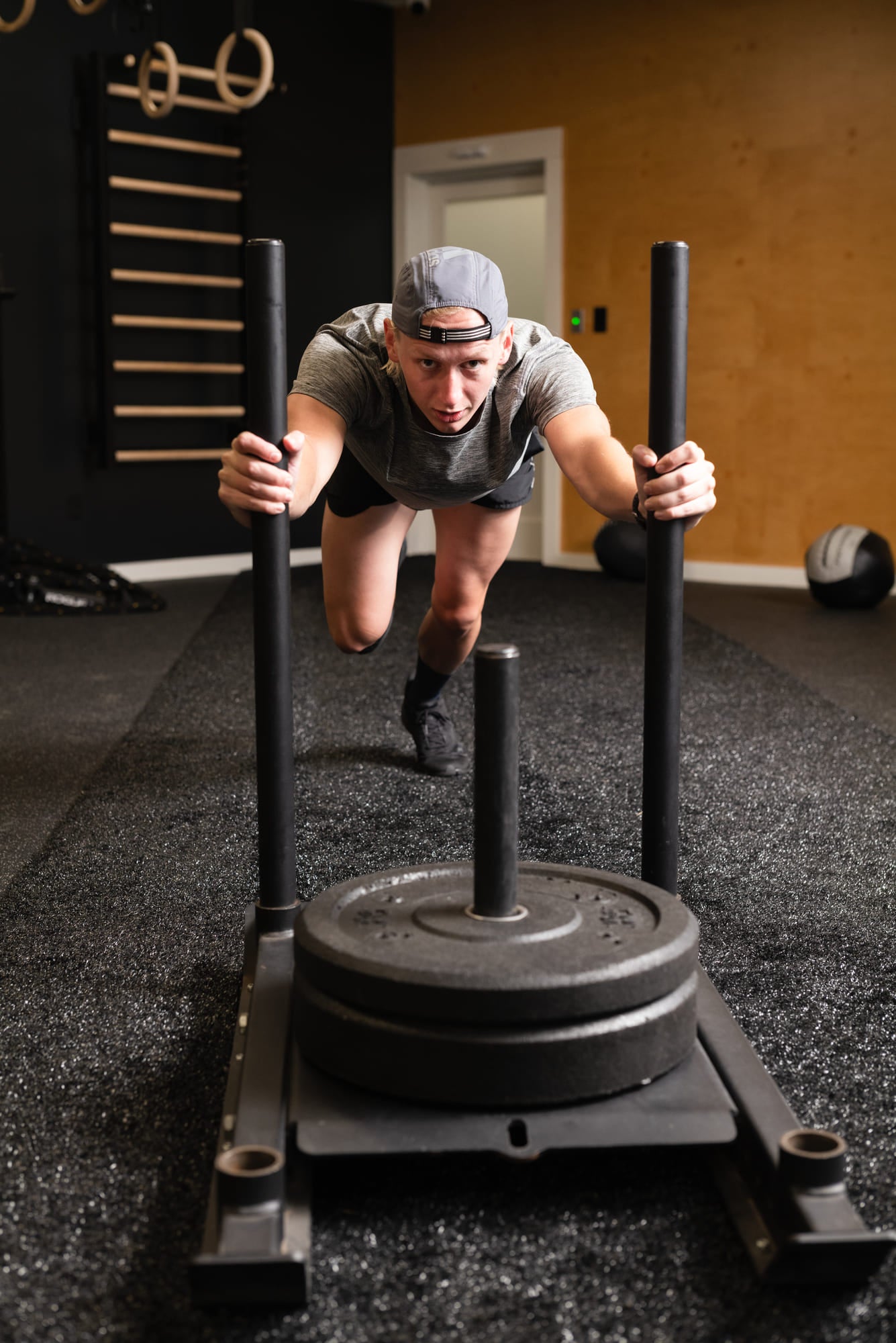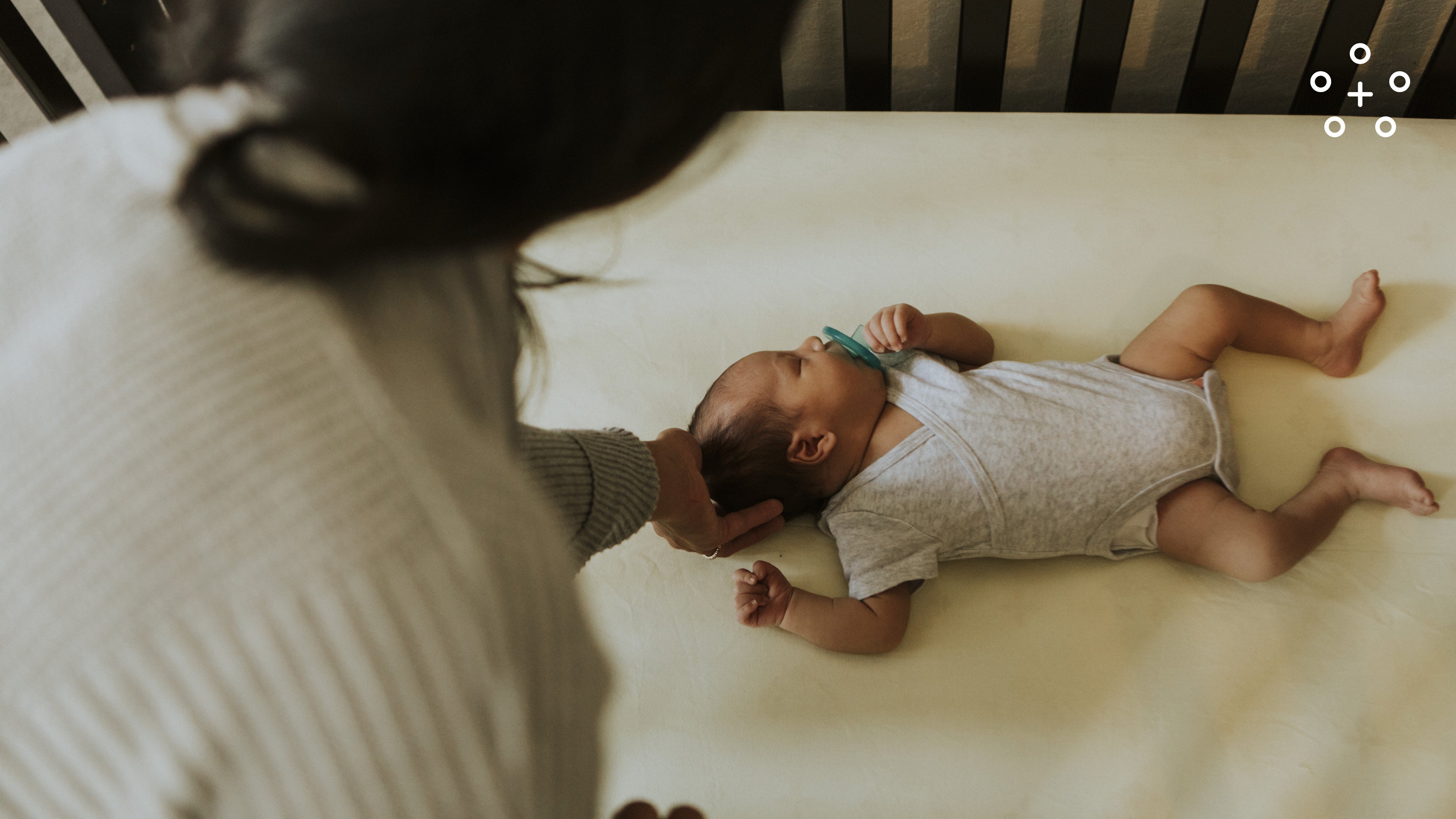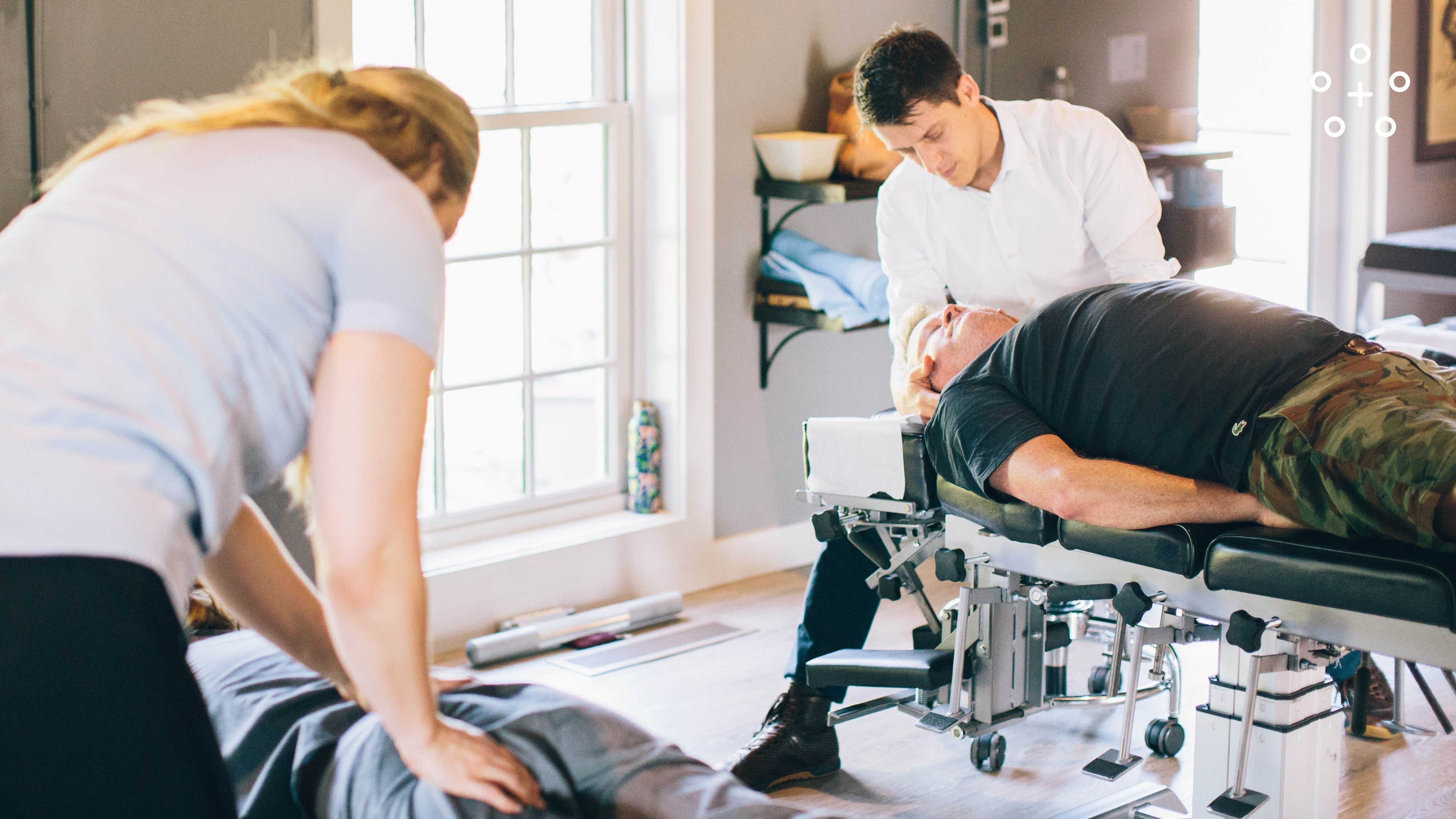Kids will be kids, but sometimes behavior and academic issues are a sign that more is going on. Behavior and academic issues could signs of retained primitive reflexes.
What are primitive reflexes? They are reflexes that every person has had as an infant to get them through the first few months to a year of life. These are reflexes similar to other reflexes in that you don’t have to think about them. Unlike other reflexes that we are supposed to have as an adult, primitive reflexes are supposed to go away or be integrated into the brain and no longer affect us as we grow out of infancy. However, in kids (and adults) that retain some or all of these reflexes their brain is never able to fully mature. It can lead to behavior problems, difficulty with academics, gut issues, anxiety, aggression, and much more.
There are dozens or more primitive reflexes that help us get through our first year of life. The main ones are:
Moro
Moro is often also referred to as the startle reflex in babies. It’s the loud noise or fall that makes them cry and have their hands thrown up in the air. It’s a fight-or-flight reaction and if it’s retained it can cause issues with over or under sensitivity to different stimuluses. It can cause poor impulse control, sensory overload, anxiety, social immaturity, and trouble regulating emotions. Individuals with a retained Moro reflex will have trouble with motion sickness, balance, coordination, focus, and being able to adapt to different situations.
Rooting
Rooting is the reflex that helps babies to nurse. It’s activated by stroking the babies cheek, which causes the baby to turn its head and open its mouth. If this reflex is retained it can lead to difficulty with solid foods, poor articulation and even thumb sucking.
Palmar reflex
The palmar reflex is what causes a baby to grasp your finger when you put it in their hand. It’s what allows them to hold on to objects from birth. If it's retained then if will cause difficulty with fine motor skills and will often result with messy handwriting
ATNR
Asymmetric tonic neck reflex also known as the archer reflex is a reflex that causes the baby make an archer like pose when they turn their head. This reflex is there to help with hand-eye coordination. If it is retained it can lead to difficulty sitting still, poor focus, and reading problems.
Asymmetric Tonic Neck Reflex and Reading Difficulty
Asymmetrical Tonic Neck Reflex (video)
Spinal Galant
The spinal galant reflex happens when there is a stimulus on the individuals back that causes their shoulder and/or hip to bend to the side. This reflex is there to help with the birthing process. If this reflex is retained it can cause problems with posture, ability to sit still, focus, and bedwetting.
TLR
The tonic labyrinthine reflex (TLR for short) is the foundation for head control and to get the infant ready for rolling over, creeping, crawling, standing, and walking. This reflex is stimulated when the infant’s head is backwards while placed on the back causing legs straighten and toes to point. The hands also close and elbows bend. If retained the TLR can lead to poor muscle tone, toe walking, motion sickness and balance difficulties.
STNR
Symmetrical tonic neck reflex helps the body with crossing the middle to help with crawling. When the head is brought towards the chest the arms bed and the legs extend. When this reflex is retained it can cause difficulties with poor muscle tone, poor sitting posture, poor concentration, and inability to sit still.
Kids and adults who retain any of these reflexes have brains that aren’t functioning as efficiently as they could. By addressing these reflexes you can reduce or eliminate the problems associated with the reflex and allow the brain to work more efficiently, giving them more energy and better ability to function over all.
If you think you have a retained primitive reflex you should get evaluated by a professional (contact us to make an appointment). Once know if you have a reflex you can then create a plan to address them. Most of the time reflexes can be integrated by doing specific exercises.




